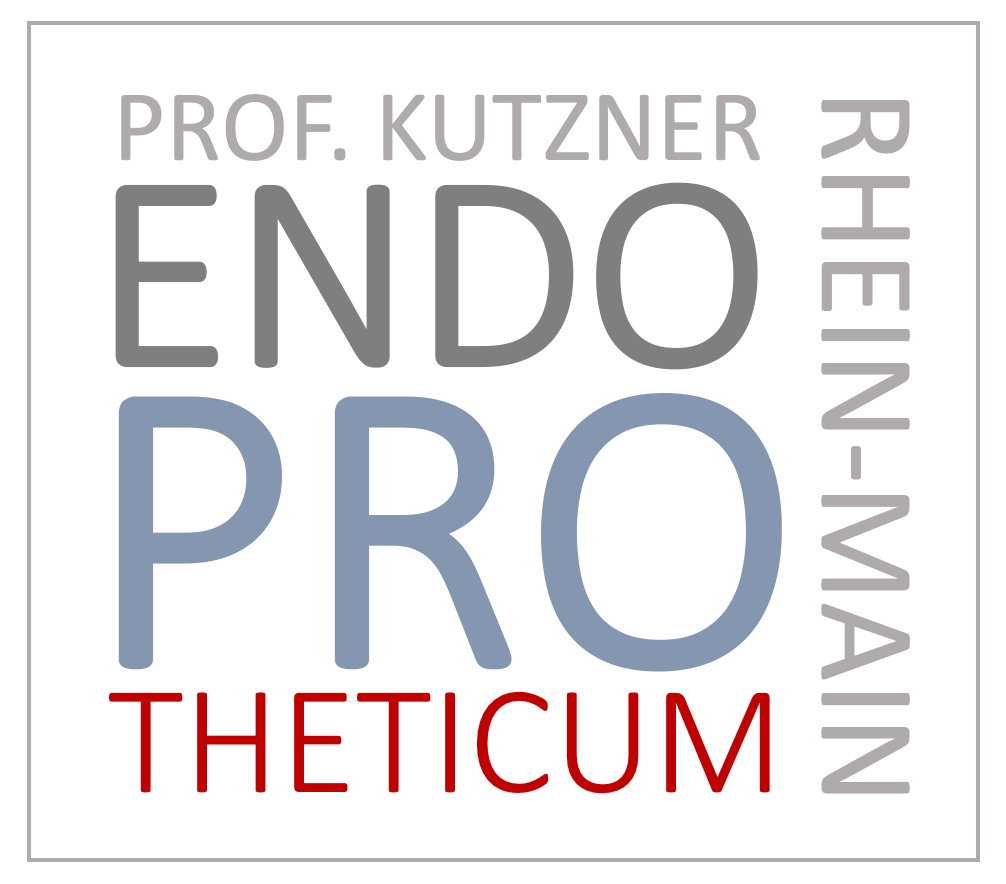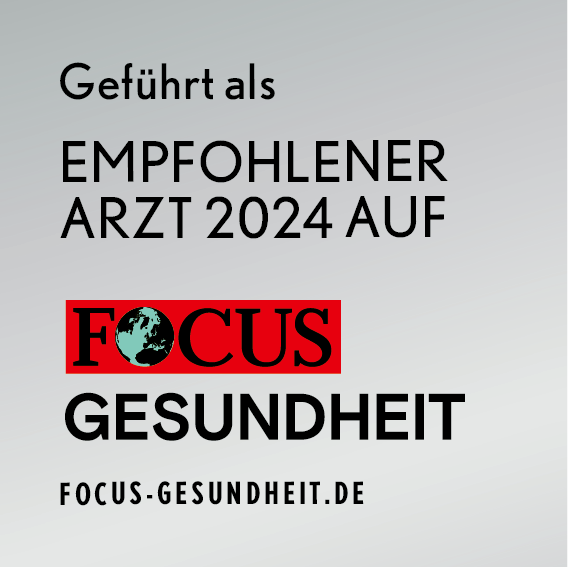Knee prosthesis: Are malposition always corrected completely?
Why it does not necessarily have to be a (completely) straight leg on the artificial knee joint (knee-tep)

The knee endocrothetics have developed enormously in recent decades. Patients with severe osteoarthritis or other degenerative diseases of the knee joint benefit from modern knee prostheses (knee-tep) that relieve pain and improve mobility. A central aspect in the implantation of an artificial knee joint is the correction of malpositions of the knee joint.
Traditionally, a neutral mechanical axis was sought to ensure an even stress on the knee prosthesis. However, recent approaches are increasingly questioning this practice and favoring concepts such as the kinematic alignment, in which existing axis deviations are left in a certain framework. This article provides a comprehensive overview of various resection techniques, correction of malpositions and the current developments in knee endoprosthetics.
Anatomy and biomechanics of the knee joint
The knee joint is the largest joint of the human body and connects the thigh bone (femur) to the shin (tibia). It is a complex hinge joint that enables both bend and stretching movements as well as slight rotary movements. The stability of the knee joint is guaranteed by various structures such as ligaments, menisci and muscles.
The natural axis of the leg often has a light o (varus) or X position (valgus). These natural deviations can vary individually and influence the joint load and the voltage of the soft tissues. A correction that is not optimally considered can lead to problems in the long term, which is why alternative alignment strategies are becoming increasingly important.
Misposition of the knee joint: causes and effects
Misposition of the knee joint can be congenital or develop in the course of life. Common causes are:
- Degenerative diseases : arthrosis leads to cartilage breakdown and can change the joint geometry.
- Trauma : Injuries can lead to malpositions untreated or insufficiently cared for.
- Inflammatory diseases : rheumatoid arthritis and other systemic diseases can sustainably damage the joint structure.
These malpositions significantly influence the joint mechanics, lead to an uneven load and can accelerate the wear. A balanced correction approach is therefore essential.
How does a knee prosthesis work?
One knee prosthesis is an artificial joint replacement that serves to restore the function of a knee joint damaged by arthrosis, injuries or other diseases. Modern knee prostheses consist of several components that are precisely coordinated to enable natural mobility and stability.
1. Building a knee prosthesis
A knee prosthesis usually consists of three main components:
- Femur component (thigh content): This metal component replaces the damaged joint surfaces of the thigh bone (femur) and glides over the polyethylene surface of the tibia component.
- Tibiac component (shin content): This metal platform is placed on the upper end of the shin and serves as a stable basis for the artificial sliding core made of polyethylene.
- Patella component (kneecap content): Optionally, the kneecap can also be replaced by a polyethylene component to ensure optimal sliding capacity.
In addition, depending on the patient requirement, there are different degrees of coupling , which vary depending on how strongly the prosthesis has to replace the stability of the natural knee stands.
2. How a knee prosthesis works
The knee prosthesis works by reproducing the mobility of the natural knee joint. Modern knee-teps (total endoprostheses) are designed so that they:
- a low -friction movement between the artificial joint surfaces.
- Get or reconstruct the physiological axis
- the natural tape voltage , especially in the event of a kinematic orientation.
- a high stability in the stand as well as liquid mobility when walking
3. Grade of movement and stability according to a knee prosthesis
After a successful implantation, a knee prosthesis can enable bending of 120 ° or more , depending on the patient and surgical method. Modern implants are designed for a lifespan of over 20–30 years and consist of low-wear materials such as high-networking polyethylene and cobalt chrome alloys .
4. Different types of alignment of the knee prosthesis
Depending on the anatomical conditions and individual malposition, knee prostheses are aligned according to various principles today:
- Measured Resection (mechanical alignment):
→ Here the knee joint is aligned so that the leg gets a straight axis , regardless of the original position. - Cinematic alignment:
→ The natural tape voltage is largely preserved, in which light O or X-legs may remain. This often leads to a more natural feeling of movement.
5. How does a knee prosthesis feel?
Patients often report a significant reduction in pain and an improved quality of life after a knee-tep. The implant can still feel foreign in the first few months, but with targeted physiotherapy it can often be achieved almost normal mobility.
Measured Resection: The traditional technology in the knee prosthesis
Measured Resection Technology is one of the oldest methods for implantation of a knee prosthesis. The knee is aligned in such a way that a mechanically neutral axis is achieved, regardless of the patient's original anatomy.
Approach
- Bone cuts : The bones are resected using predefined angles and dimensions.
- Orient : Special instruments ensure that the bone cuts are carried out in an optimal axis.
- Soft tissue balancing : According to the bone cuts, the soft tissues, especially the ligaments, are adapted so that an even voltage is achieved.
Advantages
- Standardized, proven technology with good long -term results.
- Easily reproducible results.
- Uniform stress on the prosthesis components.
Disadvantages
- Potentially increased soft tissue load through forced adaptation to a standardized axis.
- Can lead to unphysiological joint loads.
- Not every patient benefits from a complete axle correction.
Kinematic Alignment: An individual approach to the knee prosthesis
In the Kinematic alignment, the knee -shaped design is adjusted in such a way that it reproduces the patient's natural anatomy as precisely as possible. This technology allows a light O or X position to be maintained in order to maintain the natural band tension and soft tissue balance.
Approach
- Patient -specific planning : Highly developed imaging methods help to determine the natural axis.
- Minimally invasive soft tissue adjustment : the soft tissues are not unnecessarily stretched or tightened to ensure an even load.
- Individual bone cuts : The resection takes place along the natural knee axis.
Advantages
- Reduces the voltage to ribbons and muscles.
- Can lead to a shorter rehabilitation period.
- Enables a more natural joint movement.
Disadvantages
- Requires more precise preoperative planning.
- Cannot be suitable for certain patients.
- The long -term results are not yet as comprehensively documented as with the traditional method.
The trend towards the partial correction of malpositions in knee endoprosthetics
In recent years, the realization has increasingly prevailed that a complete correction is not always the best solution. A moderate malposition is preserved in particular in the cinematic alignment in order not to affect the natural joint dynamics.
- Varus correction : A strong o-leg becomes a light o-leg.
- Valgus correction : A light X-leg becomes a strong X-leg.
These moderate corrections can help to ensure that the soft tissues are not unnaturally tense and the mobility is preserved.
Future perspectives in knee endoprosthetics
The future of kneeling outhetics will be strongly shaped by personalized implant designs, robot -assisted surgery and further developed biomechanical findings. Individualized solutions such as the kinematic alignment are further optimized and increasingly integrated into everyday clinical life.
Conclusion
The complete correction of malpositions related to a knee prosthesis (knee-tep) is not always the best solution. Modern techniques such as the kinematic alignment allow a more individual approach to the artificial knee joint, which offers advantages for many patients. The choice of the right technology should be made individually to achieve the best possible long -term results.
MAKE AN APPOINTMENT?
You are welcome to make an appointment either by phone or online .



























